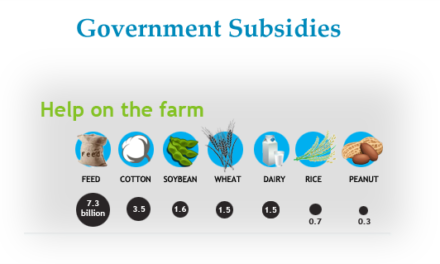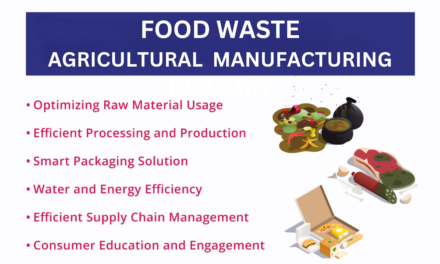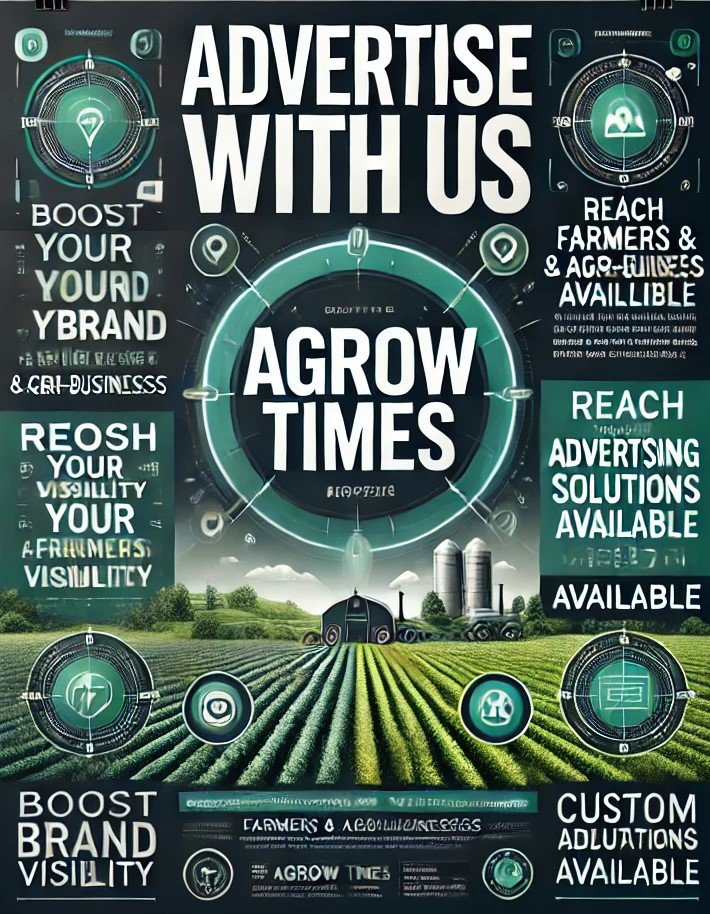The growing demand for plant-based alternatives is significantly affecting the dairy processing industry by reshaping consumer preferences, production practices, and market strategies. Here’s how:
1. Diversification of Product Portfolios
- Introduction of Plant-Based Options: Traditional dairy companies are expanding into plant-based products to capture market share.
- Examples: Launching almond, soy, oat, or coconut milk lines alongside traditional dairy products.
- Hybrid Products: Combining dairy and plant-based ingredients to create innovative offerings.
- Examples: Dairy-yogurt blends with added almond or cashew milk.
2. Investment in Research and Development
- Focus on Texture and Flavor: Developing plant-based products that mimic the taste, texture, and nutritional profile of dairy.
- Examples: Improving creaminess in oat milk or achieving meltability in plant-based cheeses.
- Nutritional Fortification: Adding vitamins, minerals, and proteins to plant-based products to match dairy’s nutritional benefits.
- Examples: Fortifying almond milk with calcium and vitamin D.
3. Competition and Market Dynamics
- Increased Competition: Traditional dairy companies face competition from startups and established plant-based brands.
- Examples: Competing with brands like Oatly or Silk in the alternative milk sector.
- Market Share Shifts: Growing consumer demand for plant-based products leads to a decline in traditional dairy consumption in some markets.
4. Adjustments to Processing Facilities
- Dedicated Plant-Based Processing Lines: Setting up separate facilities or lines to produce plant-based alternatives and prevent cross-contamination.
- Examples: Separate processing for almond milk to avoid mixing with traditional dairy.
- Equipment Modifications: Adapting dairy processing equipment to handle plant-based raw materials like nuts, grains, and legumes.
5. Supply Chain Changes
- Raw Material Sourcing: Establishing supply chains for plant-based ingredients such as oats, soybeans, or coconuts.
- Examples: Partnering with organic farmers for sustainably sourced raw materials.
- Sustainability Focus: Plant-based alternatives align with environmentally conscious consumer values, prompting a shift toward sustainable sourcing.
6. Sustainability and Environmental Impact
- Lower Environmental Footprint: Plant-based processing generally uses less water, land, and energy compared to traditional dairy.
- Examples: Promoting oat milk as a low-impact alternative to cow’s milk.
- Corporate Responsibility: Dairy companies highlight sustainability efforts to stay competitive with eco-friendly plant-based brands.
7. Branding and Marketing Strategies
- Targeting Health-Conscious Consumers: Emphasizing the perceived health benefits of plant-based alternatives, such as being lactose-free or cholesterol-free.
- Examples: Marketing almond milk as heart-healthy and soy milk as a high-protein option.
- Eco-Friendly Branding: Highlighting the environmental benefits of plant-based options in packaging and advertising.
8. Regulatory and Labeling Considerations
- Compliance with Standards: Meeting regulatory guidelines for labeling plant-based products, especially in regions where dairy terminology is protected.
- Examples: Using terms like “almond beverage” instead of “almond milk” in some jurisdictions.
- Transparency in Ingredients: Clearly labeling nutritional content to build trust with health-conscious consumers.
9. Shift in Consumer Preferences
- Demand for Dairy-Free Products: An increase in consumers with lactose intolerance, dairy allergies, or vegan diets.
- Examples: Developing dairy-free creamers, cheeses, and yogurts.
- Interest in Clean Labels: Consumers prefer plant-based products with minimal processing and natural ingredients.
10. Challenges in Adaptation
- Balancing Investments: Dairy companies must balance investments in traditional dairy and plant-based alternatives.
- Taste and Nutrition: Achieving parity in taste and nutritional value remains a challenge for plant-based products.
11. Long-Term Industry Trends
- Collaborations and Acquisitions: Traditional dairy processors are acquiring plant-based brands or collaborating with them to diversify their offerings.
- Examples: Dairy giants like Danone are acquiring brands like Silk and Alpro.
- Global Expansion: Increasing availability of plant-based products in emerging markets as demand grows globally.









